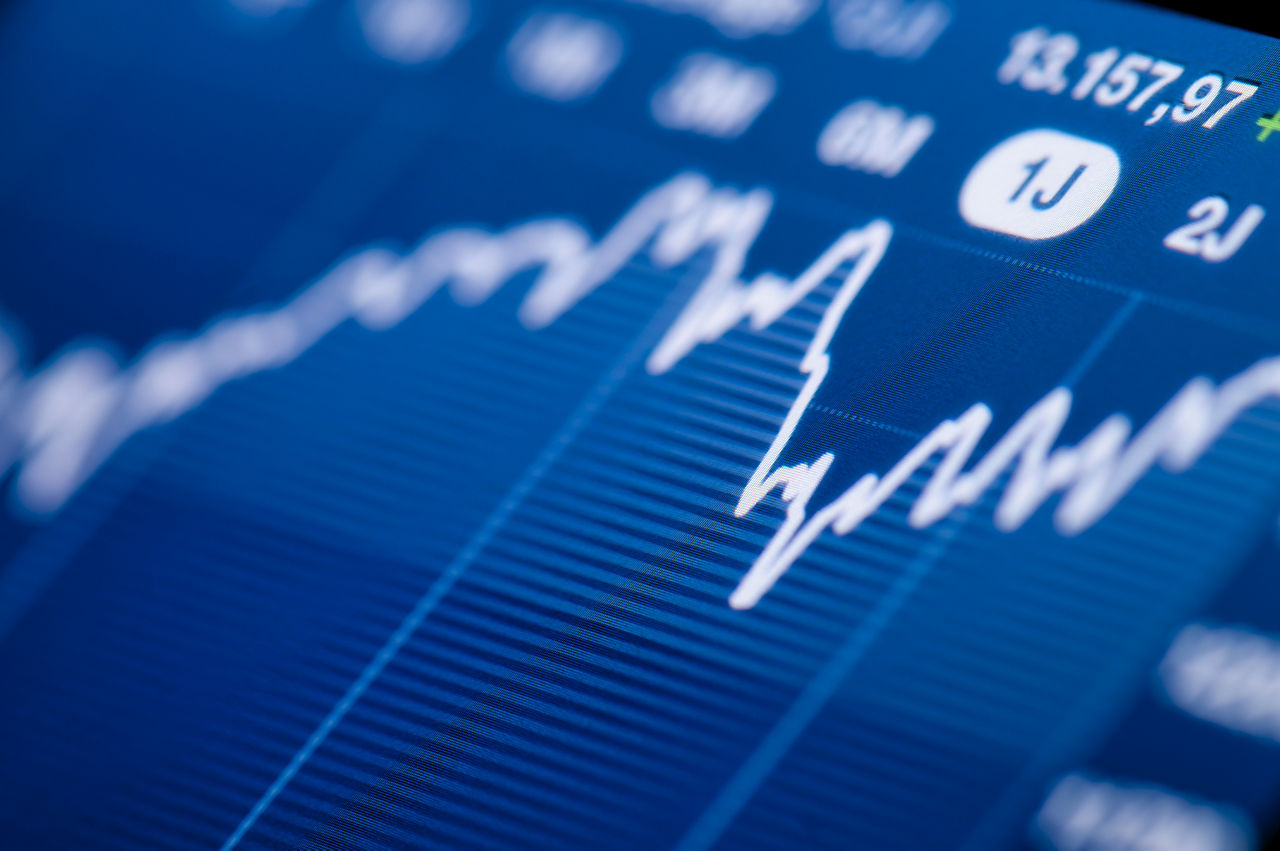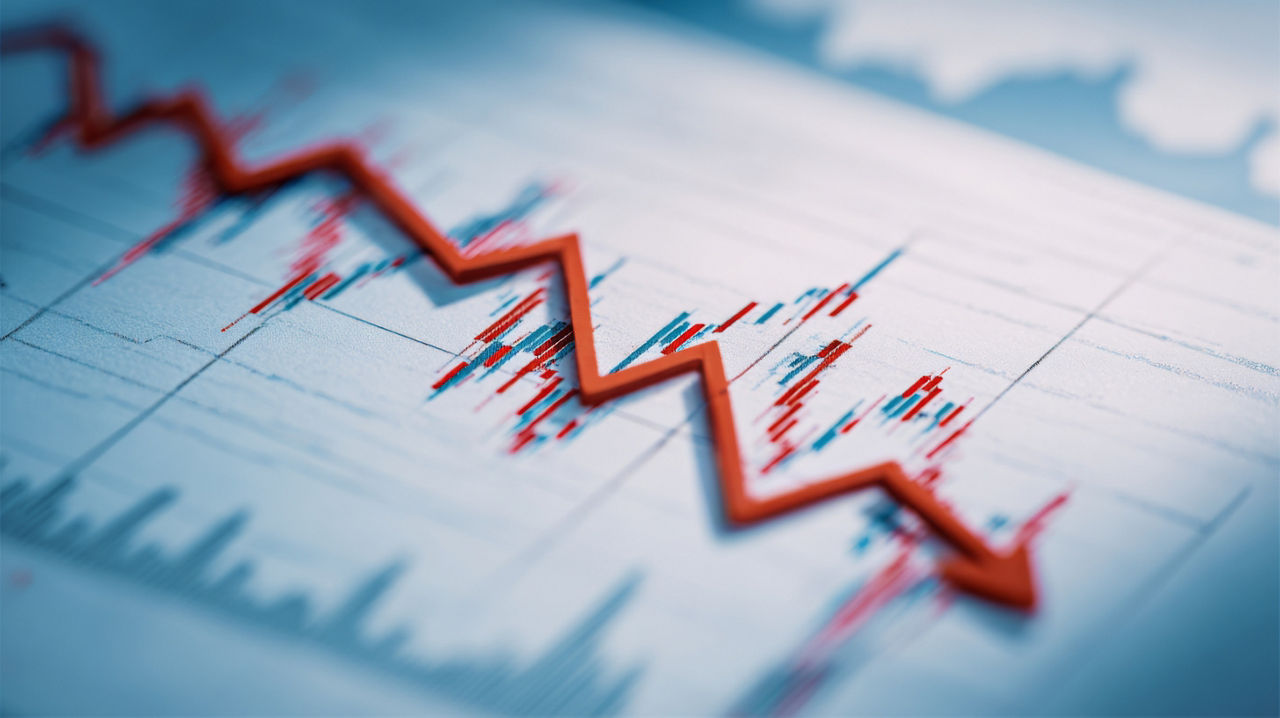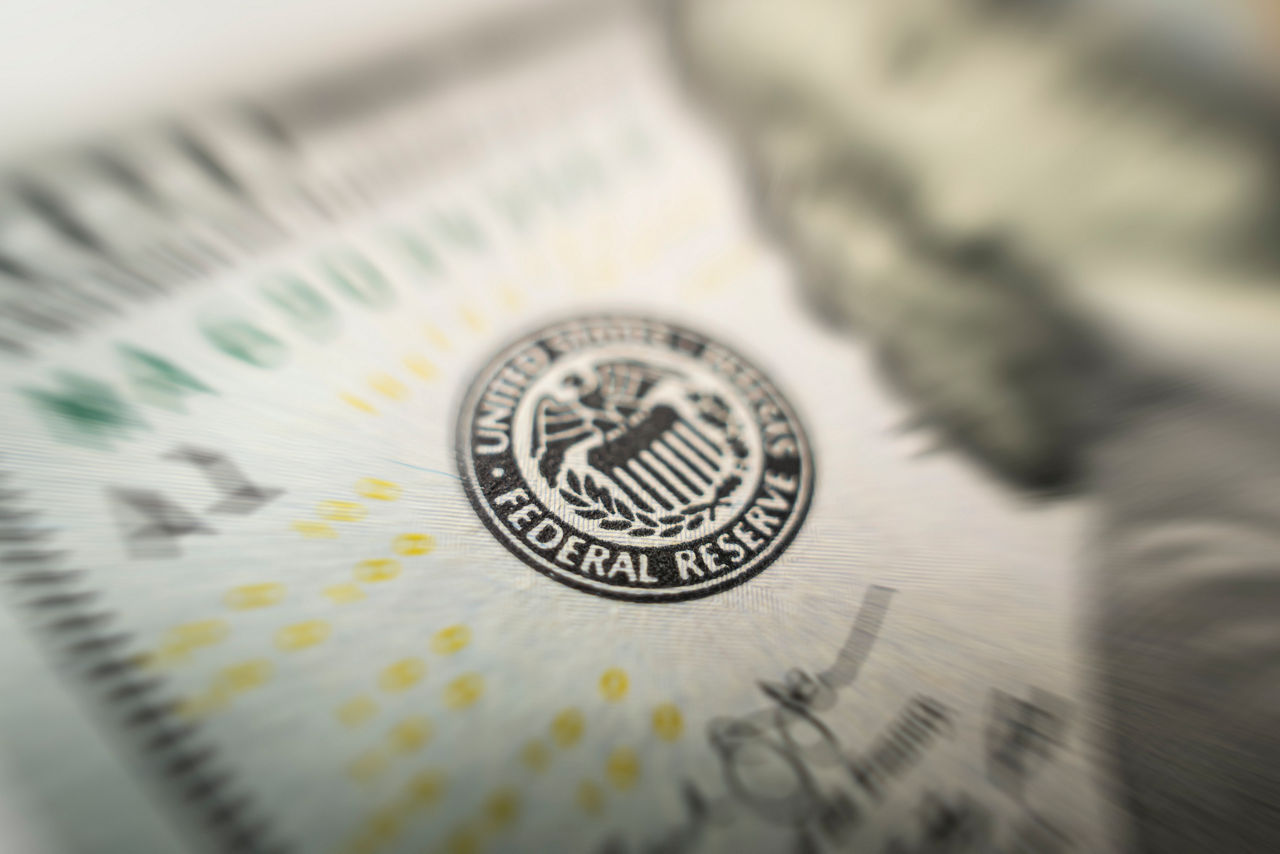Conflicting signals from consumer and wholesale inflation in the US added new fodder to the debate over tariffs’ impact on the economy and the prospect of rate cuts in the fall. Consumer inflation was relatively muted in July, holding steady at 2.7% year-over-year, the Labor Department said on Tuesday. Meanwhile, changes in wholesale prices underscored lingering concerns that tariffs could eventually drive up the cost of consumer goods. In a separate report from the Labor Department on Thursday, the producer price index was up 3.3% year-over-year, the biggest rise since February 2025. It gained 0.9% from June to July, the most since June 2022, as wholesale and retail margins led to an increase in a sub-index tracking trade services.
With the S&P 500 touching a new record high on Wednesday, markets have expressed a sense of optimism of late over the economy’s resilience, trade negotiations, and potential relief for borrowers if the Federal Reserve lowers interest rates. Tame consumer inflation could help make the case for a September rate cut if Fed officials turn their attention to heading off weakness in the labor market. Kansas City Fed President Jeffrey Schmid, a voting member of the Fed’s policy-setting committee, said on Tuesday even a limited tariff-related impact on consumer prices would be a reason to hold rates steady for now, citing economic momentum and rosier business sentiment. Trade volatility is complicating the outlook for other economies as well. A weaker economic backdrop prompted the Bank of England to cut rates last Thursday, but officials needed two rounds of voting to reach a decision amid stubborn inflation in the UK.
PGIM’s fixed income team examines why tariffs could create a wedge between inflation trends in the US and the rest of the world, potentially setting central banks on divergent courses.
you may also like
-
Markets Parse Conflicting Signals from U.S. EconomyInflation in the U.S. cooled while the rate of unemployed Americans rose to its highest level in four years last month, keeping the world’s largest economy in focus amid conflicting signals.
Read More
-
Fed Cuts Rates, Signals Caution AheadThe Federal Reserve lowered interest rates for a third straight meeting but signaled that it could be done cutting for the time being, reflecting a clash between the outlook for jobs and inflation.
Read More
-
Markets Await Fed VerdictThe Federal Reserve’s rate-setting committee is set to gather next week amid fresh indications that cracks may be forming in the U.S. labor market.
Read More
-
Earnings and Jobs Growth Calm Macro Jitters
Read More





